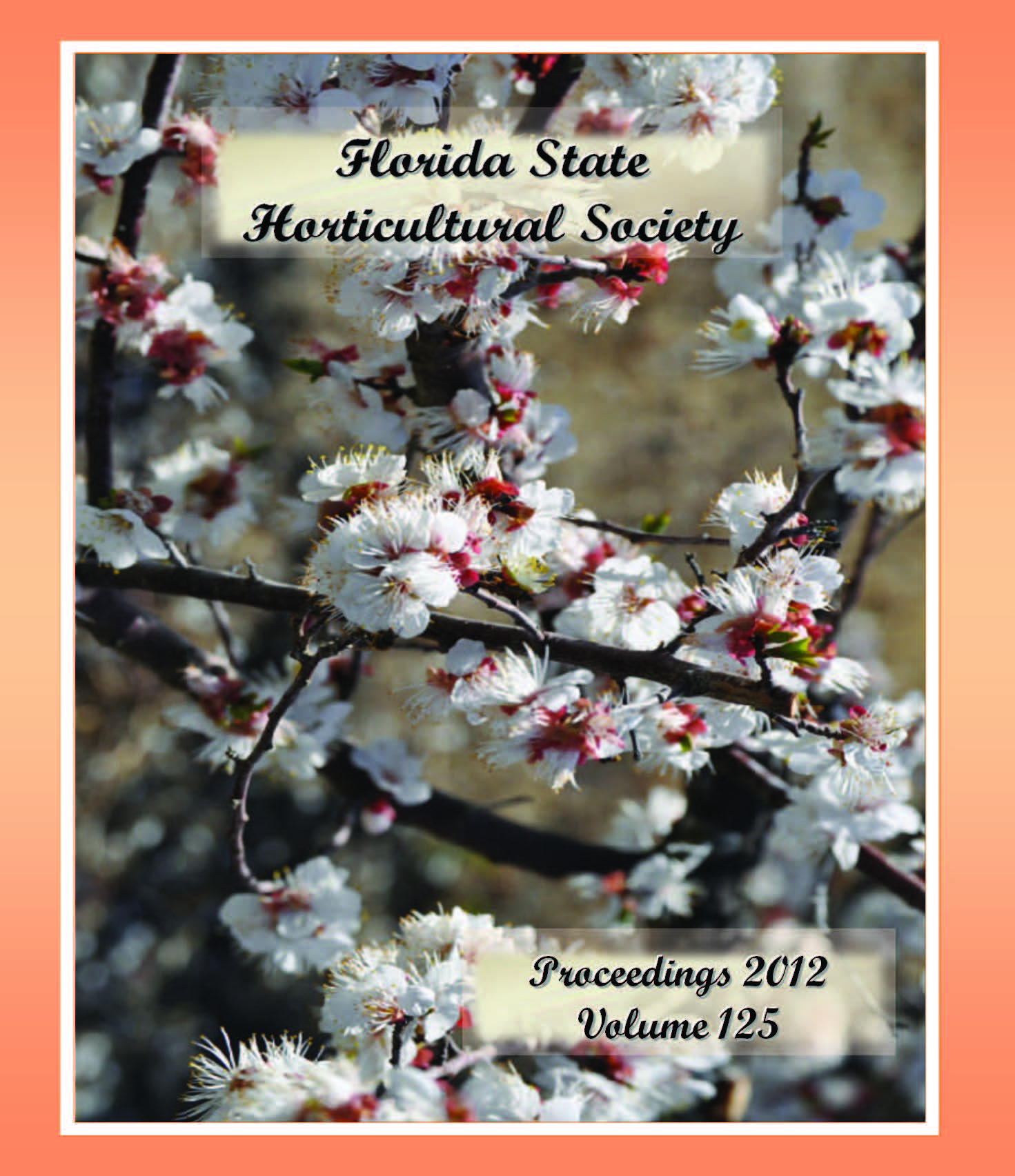Abstract
Adequate nitrogen (N) and irrigation management are critical to optimize the yield of a shallow-rooted vegetable crop like snap bean (Phaseolus vulgarisL.). The goals of this project were to establish snap bean responses to N rates with overhead irrigation and to develop preliminary petiole sap and SPAD interpretative thresholds. The study was conducted on a Blanton–Foxworth–Alpin complex sandy soil in fall 2007 and spring 2008. ‘Bronco’ bush snap beans were fertilized with a total of 0, 40, 80, 120, 160, or 200 lb/acre (0, 45, 90, 134, 179, 224 kg/ha) N rates with three identical applications at planting, first trifoliate leaf, and first flower bud. Plots consisted of four, 40-ft (12.2-m) long rows with the two middle rows harvested. In both years, the marketable pod yield response to N rate was quadratic and maximum pod yield for both fall 2007 and spring 2008 occurred near the current recommended N rate. Preliminary data for petiole sap interpretative NO3-N thresholds were also proposed. A significant positive linear relationship between SPAD and marketable yield was observed for all growth stages in 2007, but not in 2008, thereby limiting the practicality of this measurement as an in-season monitoring tool.

